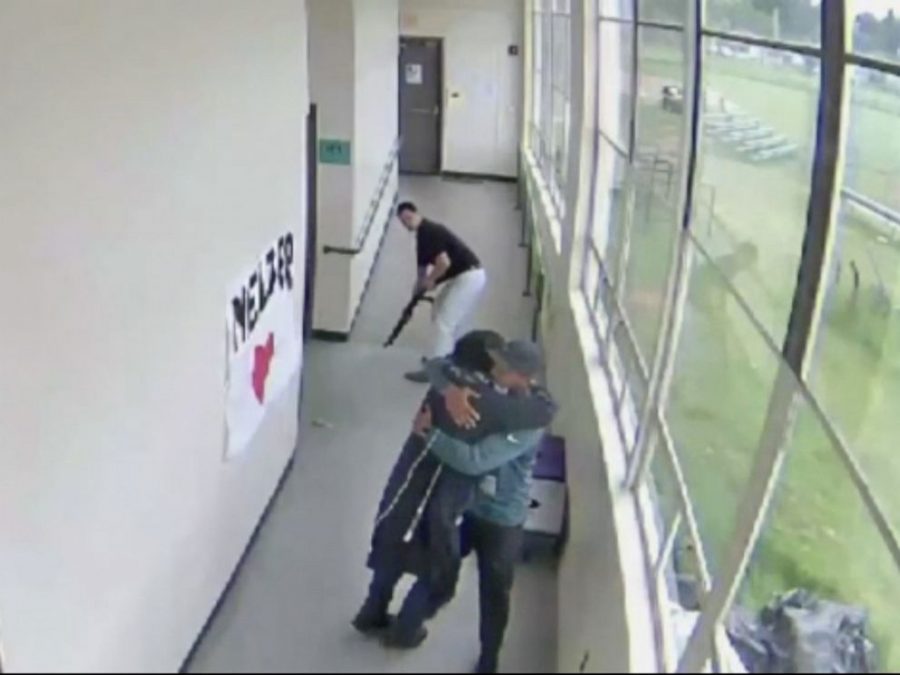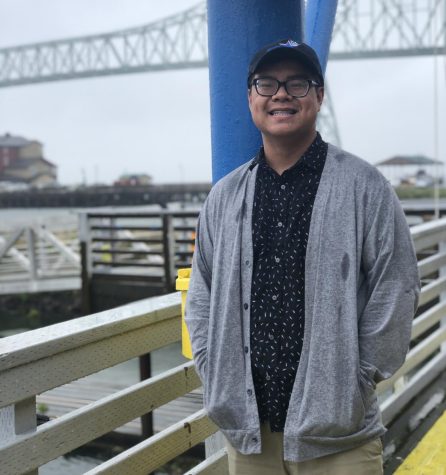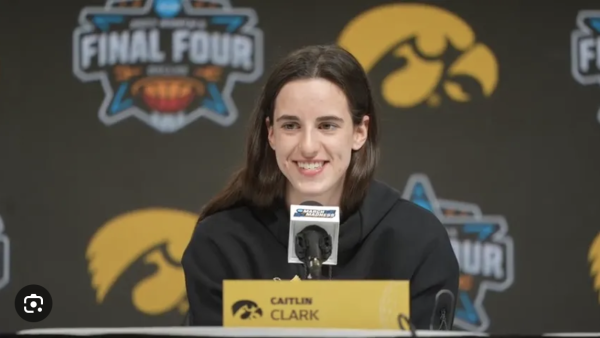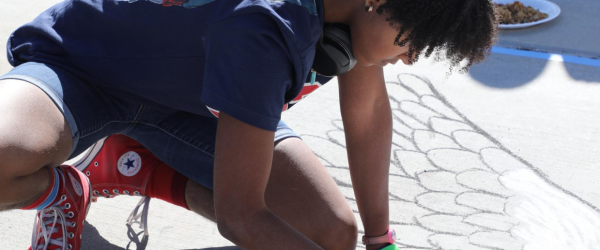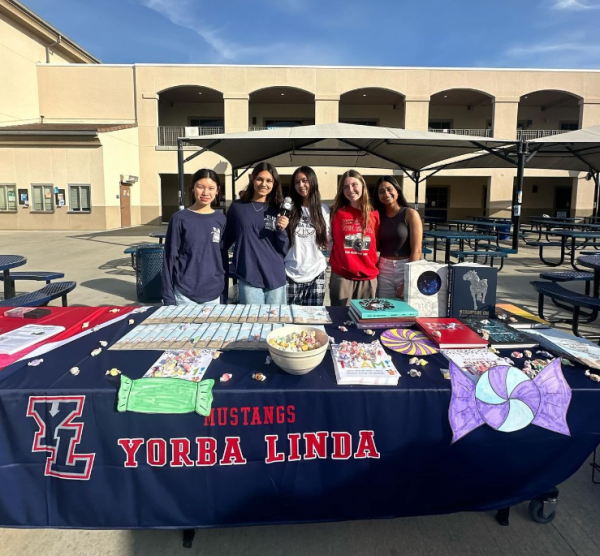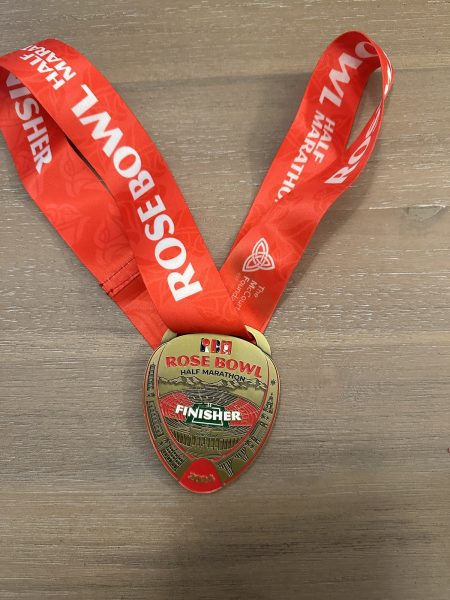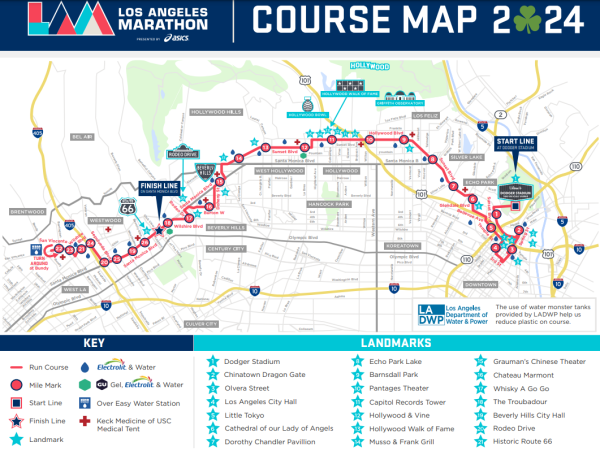Healing from a Hug
A still from security camera footage showing Keanon Lowe hugging Angel Granados-Diaz.
January 14, 2020
Earlier this year, on May 17th, at Parkrose High School in Oregon, Coach Keanon Lowe prevented a devastating tragedy from occurring using nothing but his open arms. Angel Granados-Diaz, a senior at the high school, came into class armed with a shotgun in order to end his own life; however, Lowe was able to wrestle the gun away, and then did something unexpected, he grabbed Angel in his arms and gave him a hug, telling the student “I care about you. It’s going to be OK.”
However as unique as this situation may seem, the power of physical contact has been researched throughout history. Our skin is our largest organ and is filled with pressure receptors, known as Pacinian corpuscles. When activated, the receptors send signals to the vagus nerve, releasing oxytocin, serotonin, and dopamine into the body. Even within the immune system, the effects of a hug are observable on buffering upper respiratory illnesses, as examined by researchers at Carnegie Mellon.
For infants specifically, an effect called “kangaroo care” has been well documented since the 1970s. When mothers hold their babies close to their chest with skin-to-skin contact, studies have shown that kangaroo care can help stabilize heart and respiratory rates, improve oxygen saturation rates, and regulate temperature.
On March 25, 2010, a mother named Kate Ogg gave birth prematurely to twins. Although one survived, the other, Jamie, was born without a pulse. After 20 minutes of doctors attempting to resuscitate the child, Jamie was declared dead. To say her goodbyes to her daughter, Kate held her child close to her. However, what seemed like a miracle occurred. After hugging her infant for about five minutes, she began to see movements from the child and after another hour of interaction, doctors came back surprised at the now living and breathing Jamie.
For such a powerful action, hugs are something quite uncommon within our lives, as said by Virginia Satir, a family therapist, “We need 4 hugs a day for survival. We need 8 hugs a day for maintenance. We need 12 hugs a day for growth.” When asked about his opinion on hugs, Raymond Nguyen (12), said “Showing someone that you care about them and that everything is going to be okay, is something that we need more of in our daily lives.”
So, the next time you see someone down, or having a stressful day, maybe the best thing you can do is offer them a hug- or maybe twelve.


